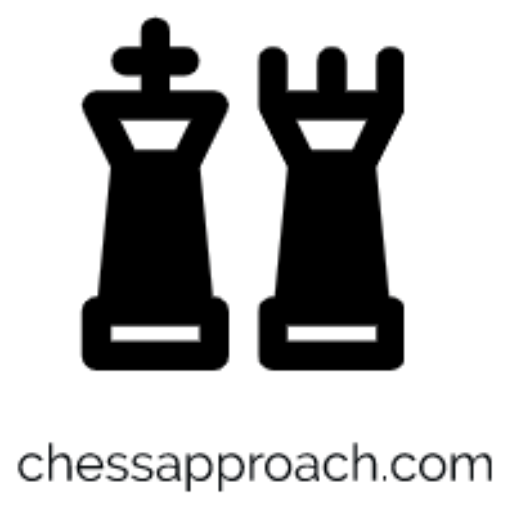
CHESS STRATEGY AND TACTICS
First of all lets define what will be the main difference between a chess strategy and chess tactic.
Chess strategy is simply defined as planning of the game 5-10 moves ahead in order to gain a positional or piece advantage and later look for opportunities to apply tactics.
Chess tactics can be some tricks used to just fool your opponent to gain mainly a piece, examples of chess tactics can be applying pin, knight fork, double attack, discovered attack or a double check.
Chess tactics are mainly applied by counting one,two or maximum three moves ahead of your opponent.
Sometimes chess tactics can instantly make an opponent resign the game but on the other hand applying chess strategy takes time because you first make a strategy in your mind or plan some moves ahead then play, sometimes you change your plan according to your opponent moves, and try to gain some sort of positional advantage and then try to apply some traps or tactics to win the game.
A game’s fate can be determined by tactics, but the potential for tactical shots is first created by sound strategic play. You may think of strategy as the nursery for tactics.
BASIC STRATEGIC CONCEPTS
1)MATERIAL COUNT
One of the most crucial elements of your gaming strategy is the material count. Simply count your pieces and those of your opponent, then adjust your plan as necessary.If one one player has greater value of pieces on the board than the other, then that player is said to have a material advantage. Likewise, the player with a lesser value of pieces on the board is at a material disadvantage.
In general, if you have more pieces than your opponent, you aim is to trade pieces and move as quickly as you can to the endgame. On the other hand, if you have fewer pieces, you strive to avoid exchanging pieces and try to balance out the game.
2)KING SAFETY AND ATTACKING
This is one of the most important strategy, It involves keeping your king in a safe position and then trying to attack other player king or castling opposite to your opponent’s king and then attacking from the other side.
3)DEVELOPING YOUR PIECES
Developing your chess pieces in the starting of the game is also a very effective strategy.The first 7-8 moves of the game also known as the opening allows you to develop your pieces and decide the style of play. Develop your pieces, get your king to safety, and connect your rooks is what you must focus on in chess openings.Choosing the right chess opening is very crucial so you must be aware of some most common chess openings like The ruy lopez,english opening,sicilian defence,carocan defense,queen’s gambit etc, and the possible traps in each opening.The goal of any opening is to get all of your pieces out onto the board as quickly as possible, so that they can be used to control the space and attack your opponent pieces.
4)CONTROLLING THE CENTER
The center of the board is the most important area in chess, as it gives you the most mobility and control over the board.In order to control the center, it is important to have a pawn or piece in the center, and then it becomes easier to attack your opponent.
5)PAWN STRUCTURE
Pawn structure refers to the configuration of pawns on the chessboard.It can have a significant impact on the game, as pawns are the most numerous pieces and their placement can influence the mobility and power of other pieces.A strong pawn structure can provide a player with a solid position and control over key squares, while a weak pawn structure can leave a player witha vulnerable position and reduced mobility
BASIC TACTICAL CONCEPTS
1)FORK
One of the most basic and powerful chess tactics is the fork. A fork is a move that attacks two or more pieces at the same time, forcing the opponent to make a difficult decision about which piece to save. For example, a knight that moves to a square where it attacks both an enemy queen and rook is said to be “forks” those pieces. This move puts pressure on the opponent to make a decision, while also putting the attacking player in a strong position.
2)DOUBLE ATTACK
Another important tactic is the double attack. A double attack is a move that attacks two or more squares at the same time, threatening two or more pieces. One example of this is a rook that moves to a square where it attacks both the enemy king and queen. This puts pressure on the opponent to make a decision, while also putting the attacking player in a strong position.
3)DISCOVERED ATTACK
Another popular tactic is the discovered attack. A discovered attack occurs when a piece moves out of the way to reveal an attack from another piece behind it. For example, if a rook is behind a pawn, and the pawn moves, the rook is now attacking the enemy piece. This move can put pressure on the opponent to make a decision, while also putting the attacking player in a strong position.
4)SACRIFICE
A sacrifice is a move in which a player gives up material in order to gain a tactical or strategic advantage. This can be a pawn, a knight, a bishop, a rook or even a queen. For example, a player might sacrifice a rook to open up lines for their other pieces or to create a checkmate opportunity.
5)SKEWER
A skewer is an attack upon two pieces in a line and is similar to a pin.It is also called as reverse pin.The more valuable piece on the line is attacked and when it moves aside, the piece behind it is lost.
